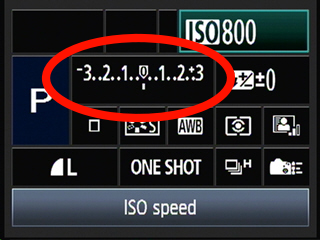Top Camera Settings Checklist – What to set before you shoot

Learning cameras can be fun, entertaining, and challenging. With the new found ability to take remarkable pictures comes a hefty checklist of camera settings, lighting worries, and framing issues. While most DSLRs have a plethora of settings, there are a few that constant constant monitoring and changes as your shooting environments and subjects change.
 Learning cameras can be fun, entertaining, and challenging. With the new found ability to take remarkable pictures comes a hefty checklist of camera settings, lighting worries, and framing issues. While most DSLRs have a plethora of settings, there are a few that constant constant monitoring and changes as your shooting environments and subjects change.
Learning cameras can be fun, entertaining, and challenging. With the new found ability to take remarkable pictures comes a hefty checklist of camera settings, lighting worries, and framing issues. While most DSLRs have a plethora of settings, there are a few that constant constant monitoring and changes as your shooting environments and subjects change.
Shutter Speed
The shutter speed is one of the first items I think about before I snap a picture, and while I rarely keep a camera set to shutter priority, I must have a mental priority of the shutter speed needed to freeze motion. In most cases, I am fine with the fastest shutter speed my camera may obtain at a given exposure, but in my mind I need to have a minimum shutter speed (which I wish was a setting on my camera), that if I go below that number, I need to make a change. For portraits, it may be 1/60-120th of a second while for candid photographs I may strive for 1/250th of a second. I am always looking and paying attention to this number in almost every circumstance.
Aperture
There are a few less applications where not paying attention to your aperture may ruin your photos, but they exist nonetheless. Think about how much depth of field you need in any particular photograph to get all necessary objects in focus. If you are shooting single portraits, wide open apertures of >f/2.8 may be perfect for keeping those eyes in focus while a group photograph of several rows of people may require f/5.6-f/8 to keep everyone sharp.
ISO
While accidentally having your ISO set to 800 while photographing outdoors in bright light (guilty) may not render your photos useless, you will lose detail and sharpness at higher ISO settings. I typically keep a base setting for each environment and fine tune those settings as needed. If I know I’m going outside for example, I will go ahead and set my camera to 200-400ISO, even before checking my exact lighting conditions. This should allow me to shoot perfectly in the sun or in the shade without having any issues. Even though I may end up eventually lowering it to 100ISO if my lighting is bright enough, at least if I forget my pictures will still be great.
Focusing Modes
This is a setting that is frequently overlooked unfortunately because there is no current method of correcting out of focus images. While you can reduce grain from high ISO or alter your exposure in post, missing focus will ruin every photograph. If your subject is reasonably still, single shot modes will suffice. Pick a focus point (chose the center if you do not already have a composition in mind) and lock focus on your subject. Feel free to recompose after locking focus as long as your subject is not moving towards or away from you. If your subject may move, focus using a servo focus mode and position your focus point to the position of the frame you would like your subject. You may need to change your aperture to give you extra depth of field. Chose your focus points carefully as you will not be able to recompose after locking focus though as the camera will continually adjust focus.





